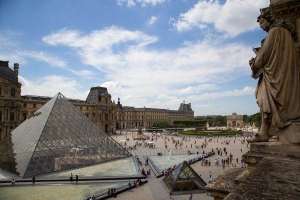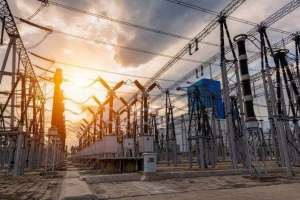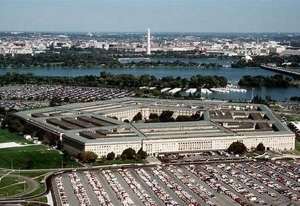You"d have to be a little eccentric to lead a technology center that looks like the "yin and yang" symbol when viewed from a plane. But in order to have built in such a way that dust doesn"t stick to the objects inside it, your name would have to be Ron Dennis and you"d have to be the CEO of the "McLaren" group, which is well known in the "Formula One" circles.
The McLaren Technology Centre, because that"s what we are talking about, was designed with Feng Shui in mind. It is said that orientation towards the West symbolizes "success". Whether that has any effect or not, the "McLaren Technology Centre" looks more like a holiday resort than a place where cutting edge technologies are being developed, especially since it has a swimming pool, a fitness room and a spectacular view.
In almost complete silence, McLaren"s engineers were preparing the cars for the upcoming Formula One season. I"ve seen them at work right this week, during a visit at the center located in Woking, UK, organized by "X-Trade Brokers", which sponsors the "McLaren Mercedes" team.
The frames, the gearboxes, the tires have all been designed as early as last year. Two teams take turns in developing the technologies for the Formula One World Championship - each one starts work one year before the beginning of the season and follows the pilots all throughout the championship. Thus, the "McLaren Mercedes" car for 2011 is almost ready.
Precision and order are essential. Parts are manufactured with a maximum margin for error of 5 microns. A sheet of paper has a thickness of a few tens of microns.
Carbon fiber is used as the raw material for production - the best material that can currently be manufactured on a large scale in terms of its strength/weight ratio.
Nothing is left to chance, and every problem must be fixed. It"s no wonder everything needs to be monitored and stored. Almost 20 people have it in their job description to watch what happens during the races or during the training sessions. Not even a pebble goes unnoticed. Any race can later be simulated and analyzed.
All of the above is overseen by Ron Dennis, who looks like he would do anything to make sure his team gets ahead.
Pilot Lewis Hamilton was promised a car that was manufactured in just five copies provided he won three world champion titles. This year, Hamilton was close to winning the trophy the second time, but Sebastian Vettel, of Red Bull Racing, was faster in the last race of the year, and won the title for the first time in his career.
Dennis didn"t shy away from paying Ayrton Senna for an entire year 1 million dollars for each race he ran for McLaren, just to get him on the track, because the pilot had declined signing a contract with the team.
Compared to what I"ve seen and experienced back home, the "McLaren Technology Centre" looks like something from an entirely different planet or at least like a spaceship, even though I don"t know what either of the two looks like. However, the obsession over details was not enough to prevent a top engineer, which had been working with the company for 19 years, from "retiring", only to be working for Ferrari six months later.
• The wind tunnel
A wind tunnel, that would be able to simulate the conditions of all the racetracks of the world, is more of a necessity than a luxury when it comes to Formula One.
The tunnel developed by "McLaren" is 145 meters long and 6 meter wide at its widest point. The air is propelled through a huge opening with such strength (15 cubic meters/ second) that the building would implode if the were closed. Because not every team can afford a wind tunnel, "McLaren" is only allowed to use it 12 hours a day, for prototypes scaled to 60% of the real-sized models. Before it got its own energy generator, the company needed to agree with the electricity company on the schedule for using the tunnel, or risk causing a blackout all across the city.
























































